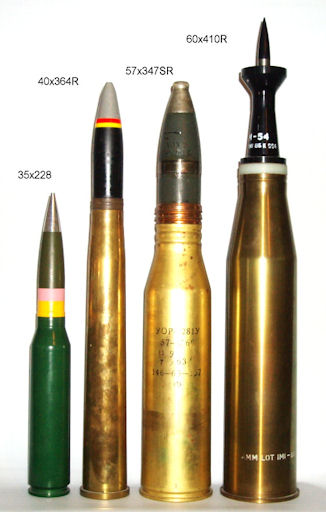For instance the modern Bradley IFV weighs about the same as a WWII T-34 tank.
In comparison a modern T-90AM is actually lighter than most models of KV-1 heavy tanks from WWII.
The BMP-3 could have been as heavy as the Bradley, but the BMP-3 has to be amphibious... which limits weight.
Different period of time also effect design... for a while the idea of a variable sweep wing seemed to be the solution to how do you get a mach 2 plane to take off from a short or damaged airstrip. More modern sophisticated wing designs like that of the Mig-29 and Su-27 mean the heavy and complicated swinging wing was no longer desired.
Different design solutions offer certain capabilities and certain limitations and while similar requirements or similar flight profiles as with the US Space Shuttle and the Soviet Buran can result in similar external shapes, the internal designs can often be strikingly different. I have mentioned before that the US space shuttle is like a heavy transport plane with an enormous external fuel tank and RATO or JATO rockets to get the whole aircraft moving, while it lands like a glider. The Buran is a glider that sits on a rocket that basically goes up and comes down as a glider. The huge advantage is if you are building a space station with the Buran you can take the Buran off and just launch a 120 ton item in a fairing on the back of the rocket and take it up in one piece... 3-4 launches would allow most of the current ISS to be taken up together.
Anyway what I am saying is that each problem will have several solutions with different consequences for each solution. The science is finding all the optional solutions, while the art is choosing the options that give the best results.
For instance if you are an Island nation in the Pacific and you need to reduce your carbon emissions, but you want stable electricity supplies an option for the future could be to hire a nuclear power station on a boat from Russia. This would eliminate coal and oil fired energy production, and it would also allow for desalination of sea water, which is very important for small island nations who can be subject to serious droughts and water quality issues.





